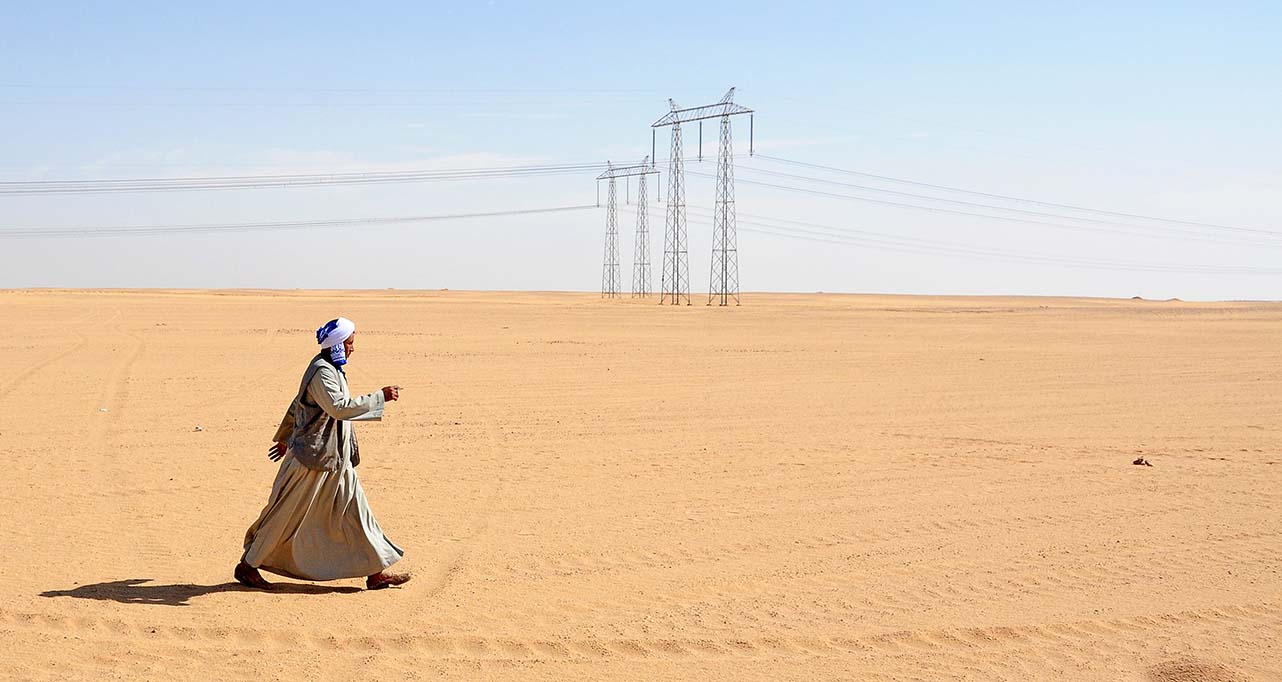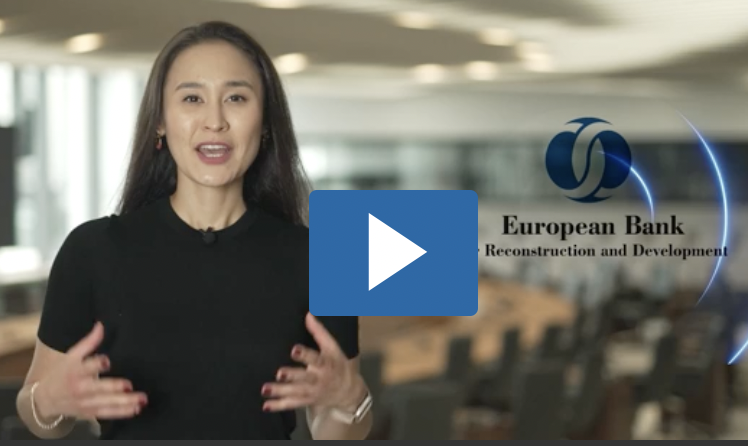A quarter of a century passes in a flash – an instant of history. As the Bank digests the first 25 years of its existence, its thoughts are turning to what the next 25 might look like. We are asking ourselves the questions that anyone or any institution might pose when a birthday milestone is reached. What will the Bank need to do in the future? How will the Bank stay youthful and energetic? How can the Bank have an even greater impact?
[Asset Included(Id:1395249804767;Type:Content)]
We live in a much more complex and challenging world than the one that existed in the immediate aftermath of the fall of the Berlin Wall. Then, there was widespread consensus that a new era of global cooperation might be on the horizon, a new era of economic hopes. In some ways, that was true but the world is just as difficult today as it was before 1989. So, the Bank is adapting, as it always has done, to face the future. It is hard to plan for 25 years but we are looking ahead and we can aim for what we want to achieve in the next five years.
Our goals are clear. We must concentrate on re-energising transition in our Countries of Operations. Many of our countries are stuck in transition and need help to move forward. We can do that by having greater impact on the ground, using private sector development to promote green and inclusive growth. All of that means increasing the amount that we invest through our new Green Economy Transition approach. By 2020, we hope that 40 per cent of all of our projects are in the green economy, proving financing for sustainable energy and sustainable resources. We will be developing more local currency lending and local capital markets. We also want to work on a wider selection of projects that focus on gender and inclusion, including helping under-served parts of the population, such as young people and less-developed regions.
In order to fulfil that ambitious agenda of re-energising transition, we will increasingly deliver policy reform advice alongside our project investment, enhancing opportunities for systemic change in countries. We want to help our countries to create more attractive investment climates - a priority if they are to make the most of their potential for economic growth.
Maximising the effort that we will undertake requires us to focus on three themes: We will help to build the economic resilience of our countries to enable them to better withstand external shocks; we will work to integrate them better in to their regional and the global economy; and we will help them to combat common global challenges, such as climate change and food security.
It is not just our Countries that will be our focus, but our internal processes as well. For the Bank to have even greater impact on the ground, we will need to be as effective and efficient as possible internally. Over the next few months, we will be examining the way that we operate, internally, to ensure that we are deploying our staff and resources where they are needed and where they can, truly, deliver our mission.
When the Bank was first set up, in 1991, there was a general view amidst governments that transition would be a swift process that could be realised in ten to fifteen years. We now know that was hopelessly optimistic. Changing the way that economies work is the task of decades, if not generations. The task is even more demanding in the world that we now inhabit – a world of geo-political tensions, security concerns and rising economic challenges. We have achieved a lot in the first 25 years, we intend to achieve even more in the next 25.



